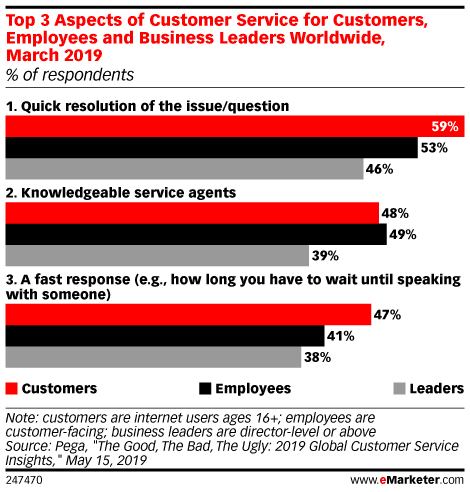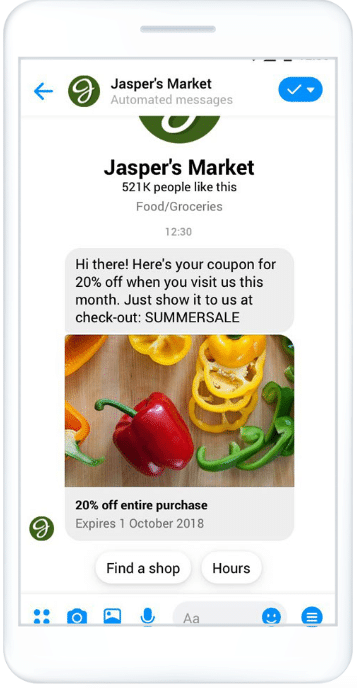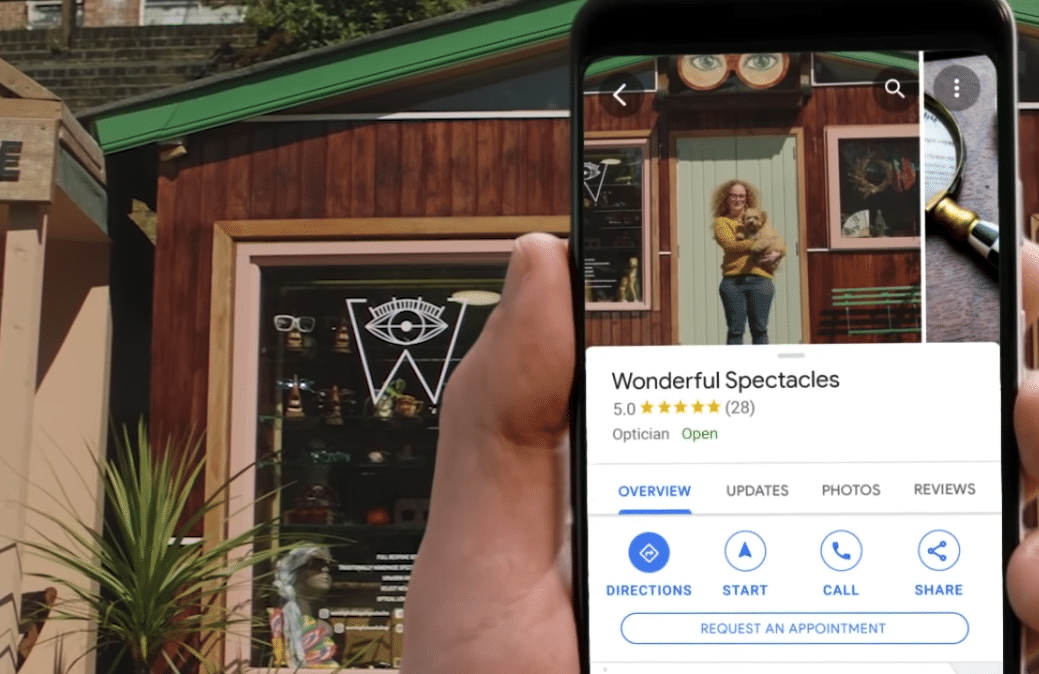For retailers, November is one of the most crucial months of the year. On November 29, Black Friday will be a major milestone in the holiday season and a massive opportunity for retailers: last year, it brought in $6.2 billion in online sales, a growth of 23.6% year over year. Now followed by Cyber Monday, this day marks the beginning of the holiday shopping season before Christmas.
This year, convenience is one of the most important factors for holiday shoppers after price and product. We will explore in this article, 5 ways to answer this expectation through outstanding customer experience.
#Convenience is one of the most important factors for holiday shoppers this year Share on X
1. Put Yourself in Your Customer’s Shoes
We hear a lot about seamless customer journeys, and this is pointed as a priority by most companies. This is especially important in periods of high activity like Black Friday, when customers easily switch from one retailer to another.
According to a survey, 84% of professionals said they are satisfied with their company’s ability to leverage technology to deliver on key customer experience measures, Still, only 68% of consumers felt the same.
For customers, the top 3 aspects of efficient customer service are quick resolutions, knowledgeable service agents and fast responses. (More on customer service tips.) While a company may estimate that it provides quick resolution or a fast response, do customers think the same? From the customer’s point of view, when do they consider their problem solved? How long is “fast”? These metrics need to be based on customers’ opinions to make sure they are relevant.

To avoid this bias, it is essential to put yourself in your customers’ shoes. This means testing the whole journey from start to finish. By doing so, you can identify areas of improvement, such as making your contact channels more visible, replying faster to questions or providing more information to customers while they browse the website.
2. Make it easy for customers to contact you at all times
Black Friday deals run through the weekend until Cyber Monday, meaning that customers will be making purchases outside of customer service opening hours.
While they may access a few options to contact customer service on Black Friday (phone, email, live-chat…), what happens in the evening and during the weekend? Even during the opening hours, what happens if no agent is available or if you have an issue with your phone line?
Adopting an omni-digital approach with a variety of channels ensures that you adapt to customers’ preferences and offer a touchpoint at all times. If one of the channels is unavailable, others can still be used to contact your company.
When you only rely on synchronous channels (phone, live-chat), the availability of agents is required to make the conversation work. If your customer service is closed or if no agent is available, customers are not able to reach out. (Customer service teamwork here would be extremely helpful.) As Gartner outlines, customers now expect Multiexperience: they want seamless and effortless experiences across all touchpoints. During the shopping season, they will focus on the easiness to contact you when they need it, without thinking in terms of channels.

With asynchronous channels such as messaging, this issue disappears. Customers can send a message anytime and be notified of the answer. The conversation can happen either in real-time or deferred mode. On these channels, chatbots even make it possible to provide instant answers to common questions, 24/7.
READ THE WHITE PAPER
3. Do not overlook customer reviews
Platforms such as Google My Business allow customers to add and read reviews about companies and local stores. Given its visibility in the search results, Google My Business is one of the fastest-growing review sites.
Despite this importance, customer reviews tend to be overlooked by companies. On Black Friday, 34% of customers plan to pick up their online purchases in-store. This means that having good reviews for local stores is an opportunity to differentiate from pure players such as Amazon.

An important criterion for customers is not only the review in itself but also the business reply. 89% of consumers read the replies to reviews, showing that businesses should not leave any unanswered. Your replies are an opportunity to show publicly how great your customer service is and to build trust.
For retail chains with local stores, the number of Google pages to monitor can be high, and managing pages individually is not possible. A good approach is to centralize all reviews through a single engagement platform. That way, the brand makes sure to see them all and to answer quickly.
4. Ensure collaboration between agents and chatbots
Chatbots have several benefits for retailers but can also be a source of customer frustration if not implemented properly. In the highly competitive context of Black Friday, any customer irritant will push him to turn to a competitor. To avoid that, it is essential to remember that chatbots should be used for basic and specific requests, such as providing shipping information or redirecting to the right product page.
Even when chatbots are dedicated to specific requests, issues can still happen. To avoid frustrating customers by endless conversations with chatbots unable to understand their problem a handover should be implemented. In that way, the interaction can be seamlessly transferred between chatbots and agents.
By relying on a customer engagement platform, the handover is made in a transparent way for customers who are staying on the same communication channel. For example, if the customer starts by asking the bot a question about his order, the agent can take over when more complex issues are raised.
5. Proactively assist customers in real-time
One of the most used channels by retailers is live-chat. It enables real-time interactions while the customer is browsing the website, helping to increase conversions.
Its synchronous nature means that it requires agents to be available to answer in real-time. During a peak period like Black Friday, it is impossible to offer conversations to all website visitors. Live-chat makes it possible to use specific criteria to optimize internal resources and interact with customers who need it the most.
#BlackFriday tip: use live-chat triggers to engage with your most qualified visitors Share on X
By using triggers, brands can offer the customer to start a conversation. The live-chat can be triggered according to specific criteria such as the amount added to the basket, the consultation of particular pages, or the time spent on a page. These criteria are indicators that the customer needs more information for his decision making: offering a live-chat interaction is an excellent way to answer questions proactively.
Conclusion
On Black Friday and during the holiday shopping season, it is essential for retailers to adhere to customer service best practices. By applying these 5 tips, you will be able to better assist customers throughout the full journey to increase conversions.
To reach this objective, adopting an omni-digital strategy to adapt to customers’ habits is essential. To manage efficiently a variety of channels such as messaging, live-chat and online reviews, retailers can rely on a customer engagement platform that unifies interactions in a single interface. With this approach, retailers will be able to offer a consistent experience through all channels and satisfy customers during the high shopping season.
Originally published Oct 31, 2019, updated Jul 25, 2024





